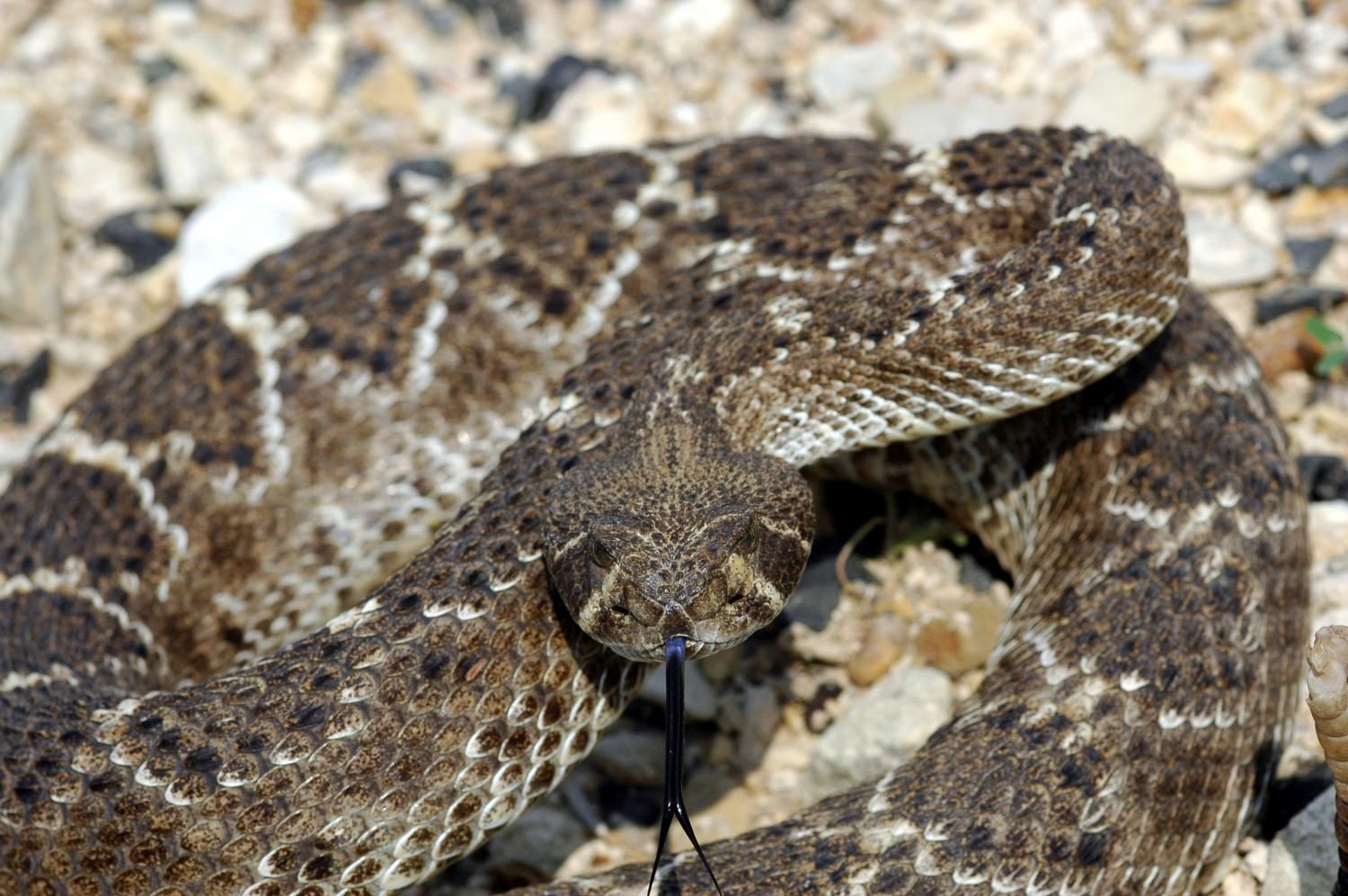It’s snake season for the Bay Area
June 7, 2017
On May 1, an unnamed 47-year-old San Jose resident was bitten on the hand by a rattlesnake at the top of Fremont’s Mission Peak Regional Preserve.
An antivenom was administered by paramedic Shaun Bouyea before a helicopter brought him to Washington Hospital, according to NBC Bay Area News.
He arrived in critical condition, but is now recovering, according to news reports.
The incident at Mission Peak is a rare one and mainly the result of a lack of caution, but also indicative of the oncoming snake season.
Snakes are more active during this time of year.
The hot weather makes them move and hunt more easily while they search for water.
Like humans, snakes love the warm weather and desire activity, according to Steve Bobzien, East Bay Regional Parks District Ecological Services Coordinator.
California’s rattlesnake population reportedly varies depending on the size of rodent colonies, and the ample rains produced this winter have increased vegetation, which is likely to give rise to rats, which is food supply for rattlers, according to news reports.
Now that Northern California is no longer suffering from a drought, fewer rattlesnakes are dying of starvation and dehydration.
This steady food source benefits female snakes, giving them the ability to successfully birth multiple babies, according to SFGATE.
Hiking locations like Mission Peak have become more popular is because of social media and the increasing popularity of taking a selfie at the peak, usually on the pole at the top, according to SFGate.
In the week before the Mission Peak incident, the East Bay Regional Parks District received six reports of other Rattlesnake sightings.
A pet dog was bit at Del Valle Regional Park in Livermore during the weekend of April 29-30, and a park ranger helped the owner to his car so the dog could be taken to the vet, according to the EBRPD.
Other recent rattlesnake sightings occurred in the picnic area at Castle Rock Regional Recreation Area in Livermore, the Delta DeAnza Regional Park in Pittsburg and the East Bay Regional Parks District Police Headquarters at Lake Chabot Regional Park, according to the EBRPD.
“In all my years of hiking, I’ve seen less than 10 rattlesnakes,” said Bob Solitar, leader of the Sierra Club’s San Francisco Bay Area hiking chapter, who has been hiking for more than 40 years.
“Snakes around here prefer not to encounter humans, and are probably more scared of us than we are of them.”
There are some tips to aid a rattlesnake bite such as remain calm and have someone immediately call 9-1-1, the U.S. National Library of Medicine advises. If alone, find the nearest person that can provide help.
Don’t waste time with tourniquets because they cut off circulation and can result in loss of the affected limb.
“Some of the best advice I can give when bit by a rattlesnake is to call 9-1-1, and do nothing,” said Justin Lewis, Toxicology Management Specialist for the California Poison Control System.
A common misconception is that sucking the venom out of the wound will save someone’s life, however, Bobzien cautioned against doing so because it could introduce new bacteria to the wound.
“I’ve dealt with two rattlesnake bite victims,” he said. “[With one] We pretty much just cleaned the wound and kept him comfortable. We caused devastating tissue damage to his hand using the cut and suck method, but this was in 1971.”
The state annually logs about 300 snake bites, according to the California Poison Control Center.
But with incidents like the one at Mission Peak, snakes typically only bite after being stepped on or touched by hikers.



